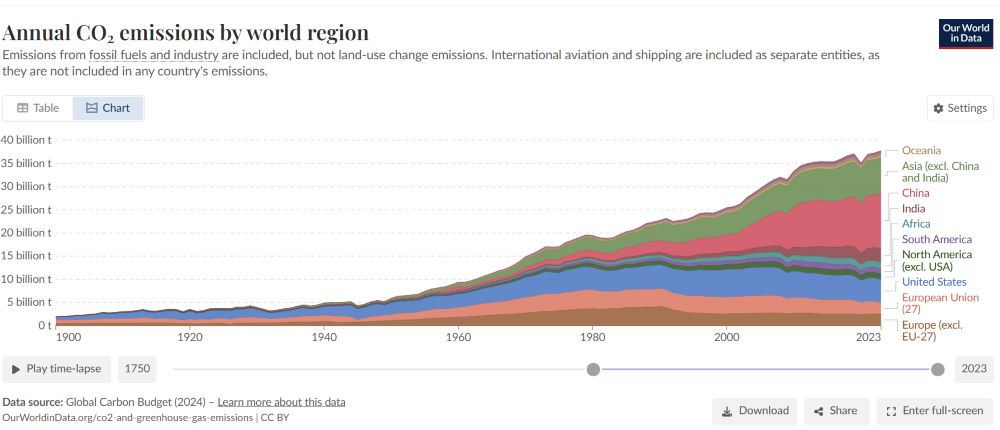Science, Technology, Engineering, Mathematics – also known as STEM – never have these skills meant more to the survival of the human species and its planetary home, along with elemental forms of life on earth dating back millennia.
Today, we must determine what we need to do to arrest the warming of Earth accelerated by fossil fuel burning, wars of man, commercial agriculture, urban landscapes, and other human activities. Many strategies most scientists agree are essential to this goal – and many strategies still under consideration – focus on the fuels we extract and use for energy. How we calculate the impact of energy extraction, creation and usage can have an enormous effect on our capacity to meet our survival and sustainability goals.
Law of Energy Conservation
Basic laws of physics argue that total energy within a closed system remains constant. The University of Calgary’s Energy Education website explains, “The law of conservation of energy states that energy can neither be created nor destroyed – only converted from one form of energy to another. This means that a system always has the same amount of energy unless it’s added from the outside.”
Given this law of energy conservation, the value of electric vehicles as a carbon-neutral solution must account not only for the fossil fuels they do not burn, but the energy expended in mining the materials needed to make their components, constructing those components, assembling them, and building the electric grid and stations needed to recharge them. We move ahead on EVs and other green solutions partly out of hopeful calculations, determination, and a belief that we can and will solve the challenges that accompany their promise.
But to improve green technologies that will truly address the climate crisis, we need to listen to engineers if they tell us, for example, it works best only in smaller vehicles or on shorter trips. We must act with heads far cooler than the warming climate and make decisions with rational forethought, not out of pure desperation. There may be mistakes; we may take paths that prove fruitless. But we must do our best to move forward while simultaneously calculating the pros and cons as thoroughly as realistic.
Don’t Give Up
There is far too much at stake to throw up our hands – clear skies, clean air, potable water, green forests. Not to mention forms of life as varied as sparrows, whales, lambs, seaweed, and, of course, human children.
As Ted Lasso has said, “It’s funny to think about the things in your life that can make you cry just knowing that they exist, can then become the same things that make you cry knowing that they’re now gone.” Let’s not find ourselves crying for this soccer field called earth.
Guides for Climate Calculations
Here are just a few guides for calculating climate solutions worth pursuing:
- From Conservation International: Calculate your carbon footprint
- From Energy Sage: Pros and Cons of Electric Cars
- From the World Bank: Assessing the Benefits and Costs of Nature-Based Solutions for Climate Resilience: A Guideline for Project Developers
- From NPR: Climate solutions do exist. These 6 experts detail what they look like









